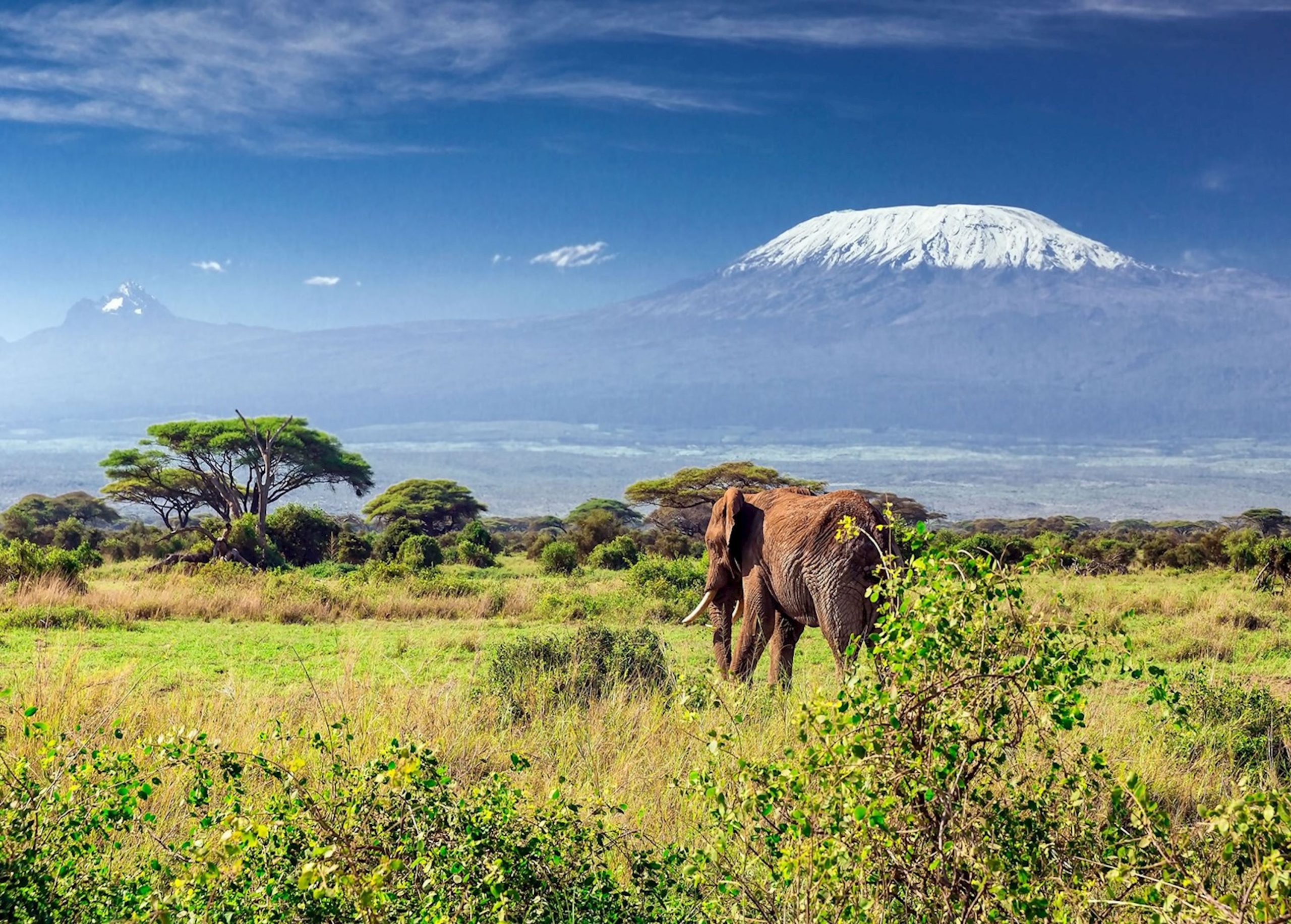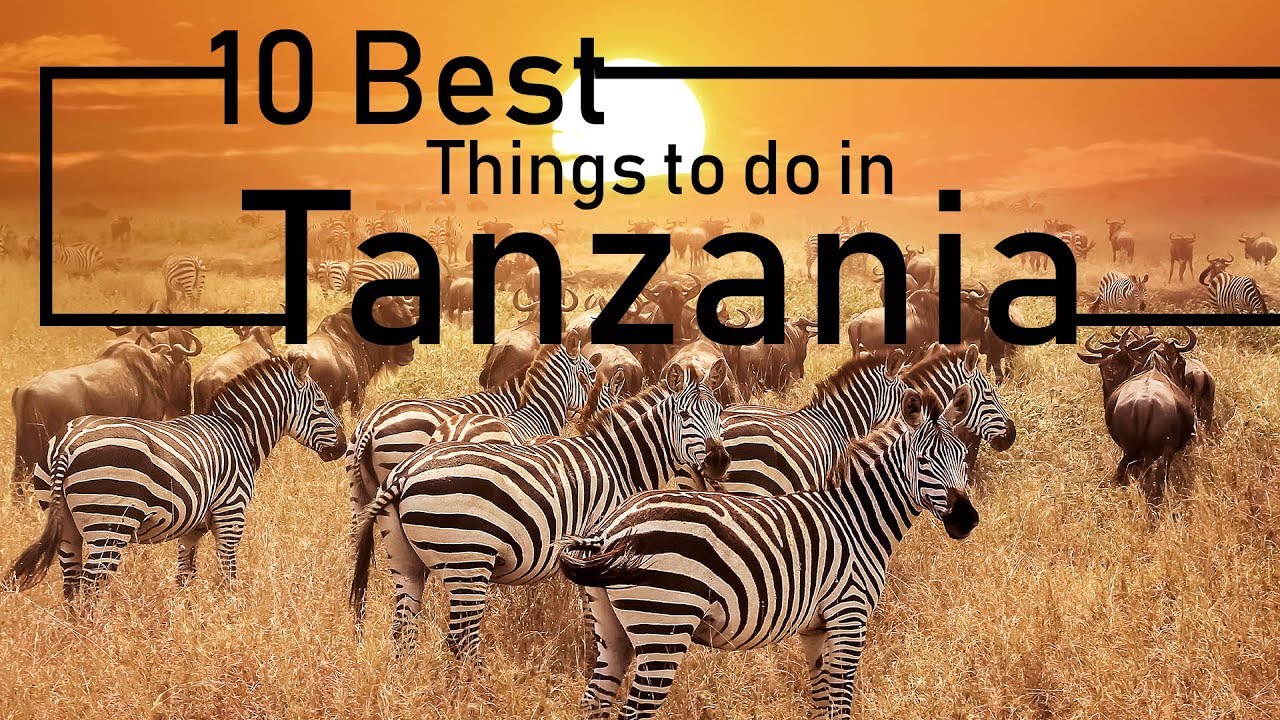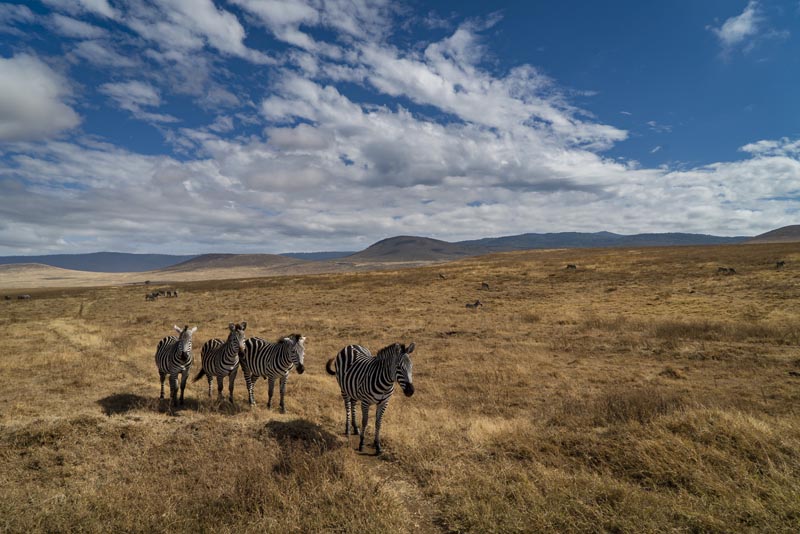
Tanzania, a land of untamed beauty, vibrant culture, and unparalleled wildlife encounters, beckons travelers with its promise of unforgettable experiences. Nestled on the eastern coast of Africa, this diverse country boasts iconic landscapes, from the snow-capped peak of Mount Kilimanjaro to the endless plains of the Serengeti, and the turquoise waters of Zanzibar. Whether you’re a seasoned adventurer, a wildlife enthusiast, or a culture seeker, Tanzania offers a wealth of opportunities to create lasting memories. This comprehensive guide will delve into the highlights of Tanzania, providing you with everything you need to plan your own Tanzanian adventure.
A Glimpse into Tanzanian History and Culture
Before embarking on your journey, understanding Tanzania’s rich history and diverse culture will enhance your appreciation for the country.

Related Articles about Tanzania: A Journey Through Adventure, Wildlife, and Culture:
- Hanoi: A Thousand-Year-Old Capital – Your Ultimate Travel Guide
- Milan: A Comprehensive Travel Guide for the Fashionable Explorer
- France: A Tapestry of Timeless Charm, Culinary Delights, and Unforgettable Experiences
- Journey to the Kingdom: A Comprehensive Travel Guide to Saudi Arabia
- The Netherlands: A Journey Through Windmills, Canals, and Centuries of Charm
- Ancient Roots: Human presence in Tanzania dates back millennia. Archaeological discoveries in Olduvai Gorge, often referred to as the "Cradle of Mankind," have unearthed evidence of some of the earliest hominids, including Homo habilis and Homo erectus.
- Early Civilizations: From the 1st millennium CE, various Bantu-speaking groups migrated to the region, establishing agricultural societies and trading networks. The coastal areas flourished due to trade with the Arabian Peninsula, leading to the development of Swahili culture, a unique blend of African, Arab, and Persian influences.
- Colonial Influence: The arrival of Europeans in the 16th century marked a significant turning point. German colonization began in the late 19th century, followed by British rule after World War I.
- Independence: Tanzania gained independence in 1961, uniting Tanganyika and Zanzibar in 1964 to form the United Republic of Tanzania.
- Cultural Tapestry: Tanzania is a melting pot of cultures, with over 120 ethnic groups, each contributing to the country’s vibrant heritage. The Maasai, known for their distinctive red attire and nomadic lifestyle, are perhaps the most recognizable. Other prominent groups include the Sukuma, Chagga, and Haya, each with their own traditions, languages, and artistic expressions.
- Swahili Language: Swahili (Kiswahili) is the national language and serves as a unifying force, spoken widely across the country. English is also an official language, particularly in government, education, and tourism.
Top Attractions: A Feast for the Senses

Tanzania’s allure lies in its diverse and awe-inspiring attractions. Here are some of the must-see destinations:
- Serengeti National Park: The Serengeti is arguably Tanzania’s most famous attraction, renowned for its annual Great Migration, where millions of wildebeest, zebras, and other herbivores traverse the plains in search of fresh grazing. Witnessing this spectacle is a once-in-a-lifetime experience. The Serengeti also offers exceptional wildlife viewing year-round, with abundant populations of lions, leopards, elephants, giraffes, and a myriad of other species.
- Mount Kilimanjaro National Park: Standing tall at 5,895 meters (19,341 feet), Mount Kilimanjaro, Africa’s highest peak, is a majestic sight. Climbing Kilimanjaro is a challenging but rewarding adventure, offering breathtaking views and a sense of accomplishment. Several different routes cater to varying skill levels.
- Ngorongoro Conservation Area: This UNESCO World Heritage site is home to the Ngorongoro Crater, a collapsed volcano that has created a unique ecosystem teeming with wildlife. The crater is home to a high concentration of animals, including the "Big Five" (lion, leopard, elephant, rhino, and buffalo), making it an excellent location for game viewing. The surrounding area also offers opportunities for Maasai cultural experiences.
- Tarangire National Park: Known for its large elephant herds, Tarangire is a haven for these gentle giants, especially during the dry season when they congregate around the Tarangire River. The park also boasts a diverse range of other wildlife, including lions, giraffes, zebras, and various bird species.
- Lake Manyara National Park: Famous for its tree-climbing lions, Lake Manyara offers a different kind of safari experience. The park’s diverse habitats, including the alkaline lake, forests, and acacia woodlands, support a wide array of wildlife, including flamingos, baboons, and a variety of birdlife.
- Zanzibar: This idyllic island off the coast of Tanzania is a tropical paradise, famous for its pristine beaches, turquoise waters, and vibrant culture. Stone Town, a UNESCO World Heritage site, is a historical gem with narrow streets, bustling markets, and ancient architecture. Zanzibar also offers opportunities for snorkeling, diving, spice tours, and relaxation.
- Pemba Island: A more secluded and less crowded option than Zanzibar, Pemba Island boasts stunning coral reefs, lush forests, and a laid-back atmosphere. It’s an ideal destination for diving, snorkeling, and experiencing a more authentic Tanzanian island experience.
- Mafia Island: Another hidden gem, Mafia Island is renowned for its whale shark encounters (seasonal), excellent diving and snorkeling, and a relaxed, eco-friendly environment.
- Selous Game Reserve: One of Africa’s largest game reserves, Selous offers a remote and unspoiled safari experience. It’s home to a vast array of wildlife, including elephants, lions, and wild dogs.
- Ruaha National Park: Located in the central highlands, Ruaha is known for its diverse wildlife, including large elephant populations and a high concentration of predators.
Travel Tips: Planning Your Tanzanian Adventure
To ensure a smooth and enjoyable trip, consider these essential travel tips:
- Visas: Most nationalities require a visa to enter Tanzania. You can often obtain a visa on arrival at major airports or apply online in advance.
- Vaccinations and Health: Consult your doctor about recommended vaccinations and malaria prevention medication. It’s advisable to have travel insurance that covers medical emergencies. Drink bottled water only and be cautious about food hygiene.
- Best Time to Visit: The dry season (June to October) is generally considered the best time for wildlife viewing, particularly in the northern circuit parks (Serengeti, Ngorongoro, Tarangire). The wet seasons (March to May and November) can bring heavy rains, but also offer lush landscapes and fewer crowds. The best time to visit Zanzibar is generally during the dry season (June to October) and the shoulder seasons (November and December).
- Currency: The Tanzanian shilling (TZS) is the local currency. US dollars are widely accepted, especially for tourist services. ATMs are available in major towns and cities.
- Language: Swahili and English are the official languages. Learning a few basic Swahili phrases can enhance your interactions with locals.
- Clothing: Pack lightweight, breathable clothing in neutral colors. Avoid bright colors, as they can attract insects. Bring layers for cooler evenings, especially at higher altitudes. Sturdy hiking shoes are essential for safari and climbing activities.
- Safety: Tanzania is generally a safe country for tourists. However, be aware of your surroundings, especially in crowded areas. Secure your valuables and avoid walking alone at night in poorly lit areas.
- Respectful Etiquette: Dress modestly, especially when visiting religious sites or interacting with local communities. Ask for permission before taking photographs of people. Bargaining is common in markets and shops, but be respectful.
- Tipping: Tipping is customary in Tanzania for services such as safari guides, porters, and restaurant staff. A general guideline is to tip 10-15% for good service.
- Electricity: The voltage is 230V, and the plug type is primarily Type G (British). Consider bringing an adapter.
- Packing Essentials: Don’t forget essentials like sunscreen, insect repellent, a hat, sunglasses, a first-aid kit, a flashlight, and a camera.
Accommodation Options: From Budget to Luxury
Tanzania offers a wide range of accommodation options to suit every budget and preference:
- Budget:
- Hostels: Affordable options for backpackers and budget travelers, offering dorm rooms and private rooms.
- Guesthouses: Locally-run accommodations that provide a more authentic experience.
- Camping: Available in national parks and campgrounds.
- Mid-Range:
- Lodges: Comfortable accommodations, often located within or near national parks, offering amenities like restaurants, swimming pools, and game drives.
- Bungalows: Self-contained units, often near beaches or in rural areas.
- Luxury:
- Luxury Lodges and Camps: High-end accommodations with exceptional service, gourmet dining, and private game drives.
- Boutique Hotels: Stylish hotels with unique designs and personalized service, often located in urban areas or on Zanzibar.
Transportation: Navigating Tanzania
Getting around Tanzania involves a variety of transportation options:
- Flights: Domestic flights are a convenient way to travel between major cities and national parks, particularly for those with limited time.
- Safari Vehicles: 4×4 vehicles are essential for safari adventures, navigating rough terrain and providing optimal game viewing.
- Buses: Public buses are a budget-friendly option for traveling between towns and cities, but can be crowded and slow.
- Taxis: Taxis are available in urban areas. Negotiate the fare in advance.
- Car Rental: Renting a car can provide flexibility, but requires experience driving on challenging roads.
- Ferries: Ferries connect the mainland to Zanzibar and other islands.
The Best Time to Visit: Tailoring Your Trip
The optimal time to visit Tanzania depends on your priorities:
- Wildlife Viewing: The dry season (June to October) is ideal for wildlife viewing, as animals congregate around water sources. The Great Migration in the Serengeti is best viewed during these months.
- Climbing Kilimanjaro: The best time to climb Kilimanjaro is during the drier months (June to October and December to February).
- Zanzibar: The best time to visit Zanzibar is during the dry season (June to October) for optimal weather and conditions.
- Avoiding Crowds: The shoulder seasons (November, December, and March, May) offer a balance of good weather and fewer crowds.
Conclusion: Embark on Your Tanzanian Adventure
Tanzania offers an unforgettable journey filled with adventure, wildlife encounters, and cultural immersion. From the iconic Serengeti to the pristine beaches of Zanzibar, the country promises a truly enriching experience. By understanding its history, respecting its culture, and planning your trip carefully, you can create memories that will last a lifetime. So, pack your bags, embrace the spirit of adventure, and prepare to be captivated by the magic of Tanzania.





